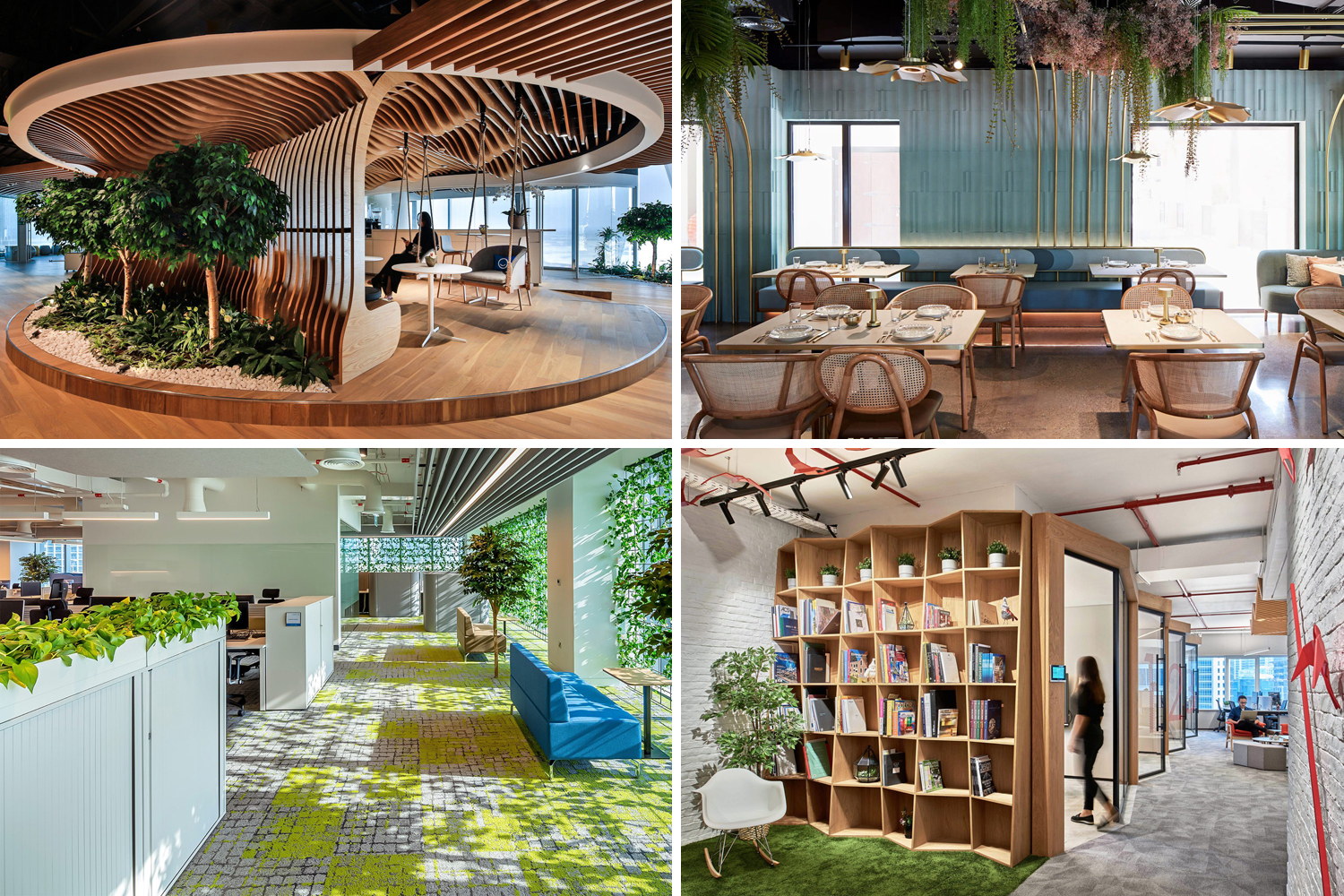Table Of Content

These experiences play a role in developing risk assessment during childhood (Louv, 2009; Kahn & Kellert, 2002). In adults, short doses of dopamine support motivation, memory, problem solving and fight-or-flight responses; whereas, long-term exposure to intense Risk/Peril conditions may lead to over-production of dopamine, which is implicated in depression and mood disorders (Buraei, 2014; Kandel et al., 2013). In small urban parks, park size is less important than the ability to be immersed in the space with the conditions of enclosure leading to restoration (e.g., Nordh, Hartig, Hägerhäll & Fry, 2009). In larger parks, the refuge spaces under trees, and in vegetation bordering an open space or meadow, are the preferred locations (e.g., Ruddell & Hammitt, 1987). Though science has yet to establish metrics for frequency or duration of access to refuge conditions, the balance between Refuge and Prospect is suggested to be more important than the size or frequency of the experience (Appleton, 1996).
Why biophilic design is more than just a trend - Architecture and Design
Why biophilic design is more than just a trend.
Posted: Thu, 30 Nov 2023 08:00:00 GMT [source]
How To Integrate Biophilic Design in Your Home

This ranking order reflects those biophilic design parameters that appear to most efficiently support stress-relieving, calming, comforting spaces in settings for outpatients. Five of the studies employed information relevant to inpatient environmental demands, particularly in cancer settings. Although the parameters found important for inpatient-based environments were not markedly different from those for outpatient-based environments, the identified priority differences may have an impact on environmental quality because the function of the spaces and the physical conditions of the patients differ. The inpatient column in Figure 2 summarizes the synthesized findings of what seem to be the most important biophilic design parameters for clinical environments for inpatient users. The most essential parameters for patients who spend most of their time in the wards or hospital rooms on their beds were view, prospect, and daylight through windows. These parameters were usually mentioned with regard to their visual impact as these patients’ mobility was limited.
Natural Shapes and Forms
Gardening can also curb stress as well as reduce symptoms of anxiety and depression. We all know how relaxing the sound of nature can be, say from a flowing river or crackling fire. Research shows these sounds also improve concentration, energy, and motivation. Incorporating water elements in and around the home is one of best ways to harness sound. The average cost to install a built-in backyard water fountain or waterfall is $2,500. But there are many less expensive solutions, such as a hanging fountain that attaches to a fence or wall, for as little as $150.
5 urban gardening and biophilic interior design trends shaping modern living - Hindustan Times
5 urban gardening and biophilic interior design trends shaping modern living.
Posted: Sat, 13 Jan 2024 08:00:00 GMT [source]
Biophilic design: What is it? Why it matters? And how do we use it?
For example, the use of nonslip surface materials, smooth paved paths, ramps rather than steps and color contrasting curbing along pathways were mentioned. Barriers to be avoided included mention of heavy doors, narrow doorways and pathways (Study 3). In order to provide physical access to the outside, all barriers and thresholds should be removed for patients with automatic doors suggested improving ease of access (Study 3).
Biophilic Design In The Modern World
It's important to ensure that the water feature is appropriately scaled for your space and doesn't become a distraction itself. The materials you choose for your workplace can reinforce a connection to nature. Opt for natural materials like wood, stone, or bamboo for furniture and finishes. These materials not only bring the outside in but also have textures and patterns that can have a calming effect on the mind. When selecting fabrics, consider those with organic patterns or colors that reflect the natural world, further enhancing the biophilic experience. The word “biophilia” was coined twice independently by German psychologist Erich Fromm and American biologist E.O.
Sign up for Free Project
The entrance to the facility is an important space as arriving people often face high levels of stress and anxiety. It was felt that creating a welcoming atmosphere with biophilic touches can relax people. The use of natural materials such as timber, natural wall colors, fish tanks, and natural objects, that were kept at the reception and hospital foyer in Study 2, was well-received by patients, “because it’s very relaxing” (p. 4). As always, safety was emphasized, avoiding the inclusion of allergy-inducing elements, and slippery or otherwise challenging surfaces (Study 1, Study 2). The research on biophilic benefits cited in this article come almost exclusively from adult populations. The two images below come from children who were visiting a Herman Miller manufacturing plant in Holland, Michigan.
Indigenous Perspectives on the Human-Nature Connection
The award is in recognition of achievements in the built environment, including buildings, interiors, and communities, that demonstrate the principles and benefits of biophilic design. The Stephen R. Kellert Biophilic Design Award acknowledges Stephen’s legacy as a pioneer in articulating and applying biophilic design principles to the built environment. His advocacy has encouraged widespread adoption of the practice of design for human-nature connection. The Biophilic Design Toolkit is a robust collection of resources to help designers explore biophilic design and promote human-nature connection in the built environment. The toolkit provides guidance, inspiration, and support for key activities from introducing biophilic design to teams, to the planning and design stages, all the way through construction and occupancy. The primary objective of the Refuge pattern is to provide users with an easily accessible and protective environment – a smaller portion of a larger space – that supports restoration.
However, research in other fields such as acoustics and thermal comfort address conditions relevant to biophilia. A description of a pattern in nature that engenders a positive biological response in humans. Meant to inform, guide, and assist in the design process for the built environment. At this moment in time, nature comes last when it comes to designing interiors or buildings.
The systematically identified studies helped to identify and rank the biophilic design parameters that appear the most critical for promoting and supporting human health and well-being in clinical therapeutic environments from the user’s perspective. It also provides an up-to-date compilation of crucial design interventions related to biophilic parameters and as such provides benchmark information for future research and design guidance in these environments. Our fascination with nature is derived from the qualities, attributes and experiences of natural settings that we find particularly appealing and aesthetically pleasing. The goal of biophilic design is to create places imbued with these features that promote positive emotional experiences -- enjoyment, pleasure, interest, fascination, and wonder -- that are the precursors of human attachment to and caring for place.
This paper is intended to help close the gap between current research and implementation. The intended audiences of this publication are interior designers, architects, landscape architects, urban designers, planners, health professionals, employers and developers, as well as anyone wanting to better understand the patterns of biophilia. Biophilic design, which integrates natural elements into modern architecture, is becoming increasingly popular for its potential to boost well-being and productivity. This approach is rooted in the idea that humans have an innate connection to nature, and by bringing the outside in, you can create a more harmonious and effective work environment. Whether you're renovating an existing space or building from scratch, incorporating biophilic design can transform the way you and your colleagues interact with your workspace. Sitting by a river, listening to the leaves rustle in the trees in your backyard, taking a breath of fresh air – nature has a way of improving our physical and mental health.
Artists and designers of the Victorian era, such as influential English painter and art critic, John Ruskin, pushed back against what they saw as the dehumanizing experience of industrial cities. They argued for objects and buildings that reflected the hand of the craftsman and drew from nature for inspiration. In the design of the Science Museum at Oxford, Ruskin is said to have told the masons to use the surrounding countryside for inspiration, and the results can be seen in the inclusion of hand-carved flowers and plants adorning the museum (3. Kellert & Finnegan, 2011 ). Prior to and even after the Industrial Revolution, the vast majority of humans lived an agrarian existence, living much of their lives among nature. As urban populations grew in the 19th Century, reformers became increasingly concerned with health and sanitation issues such as fire hazards and dysentery. The creation of large public parks became a campaign to improve the health and reduce the stress of urban living.

No comments:
Post a Comment